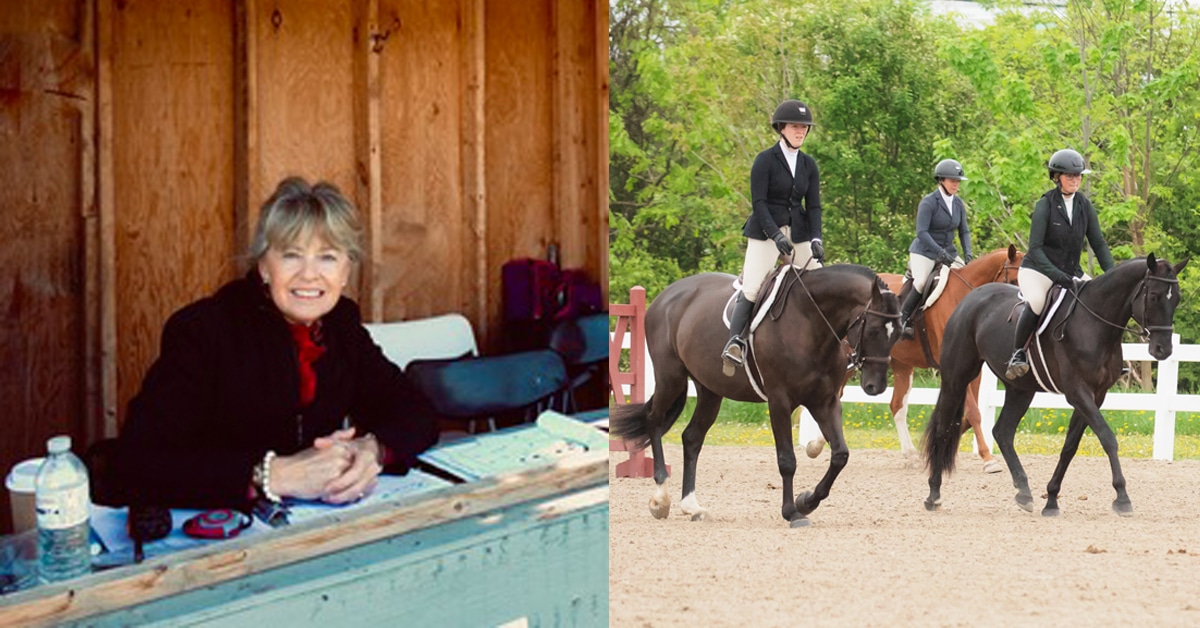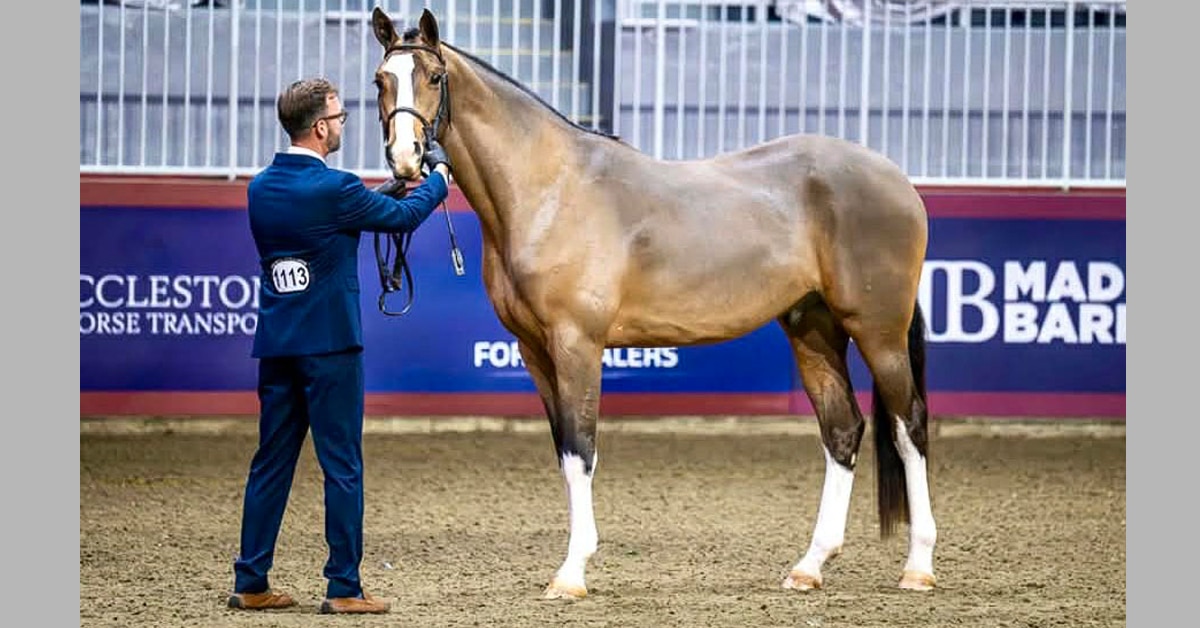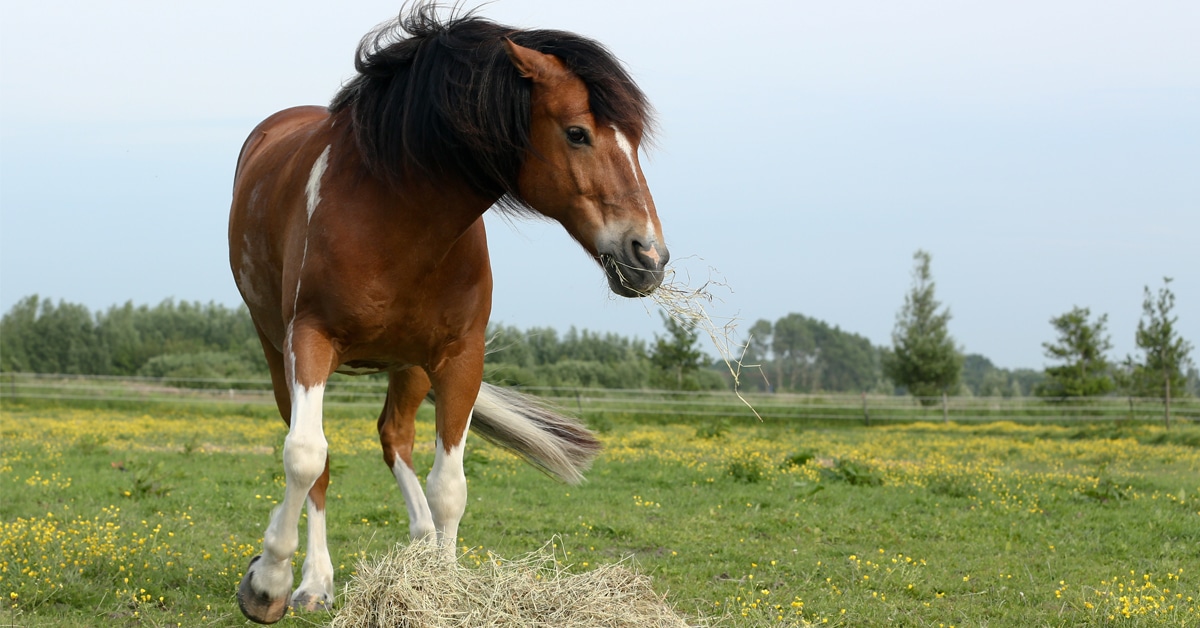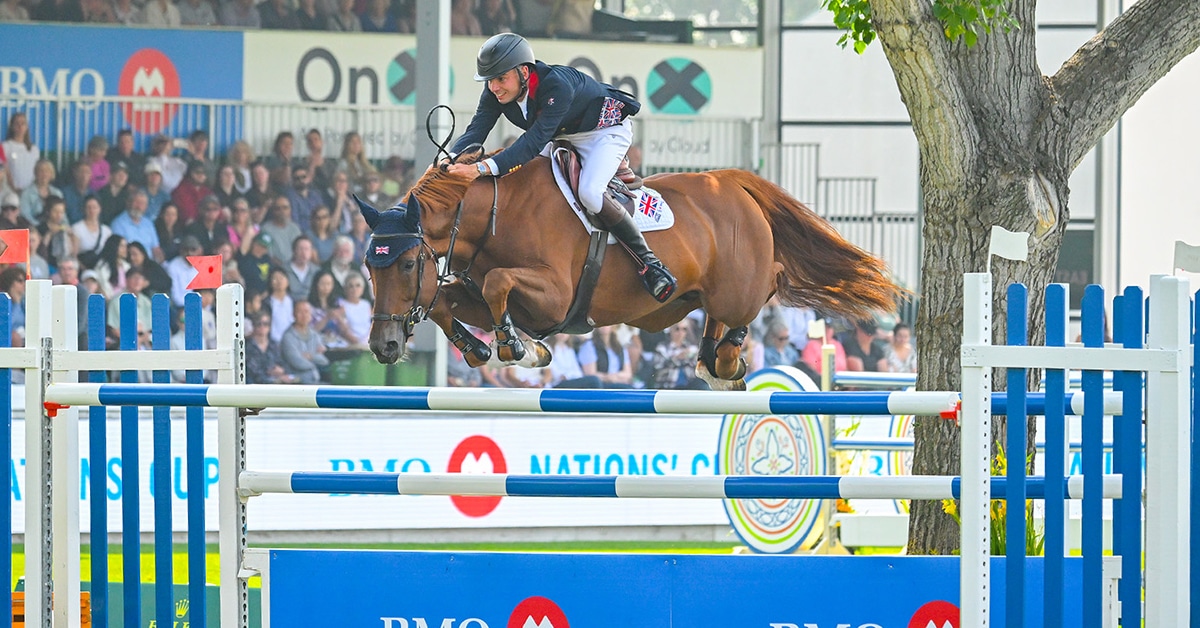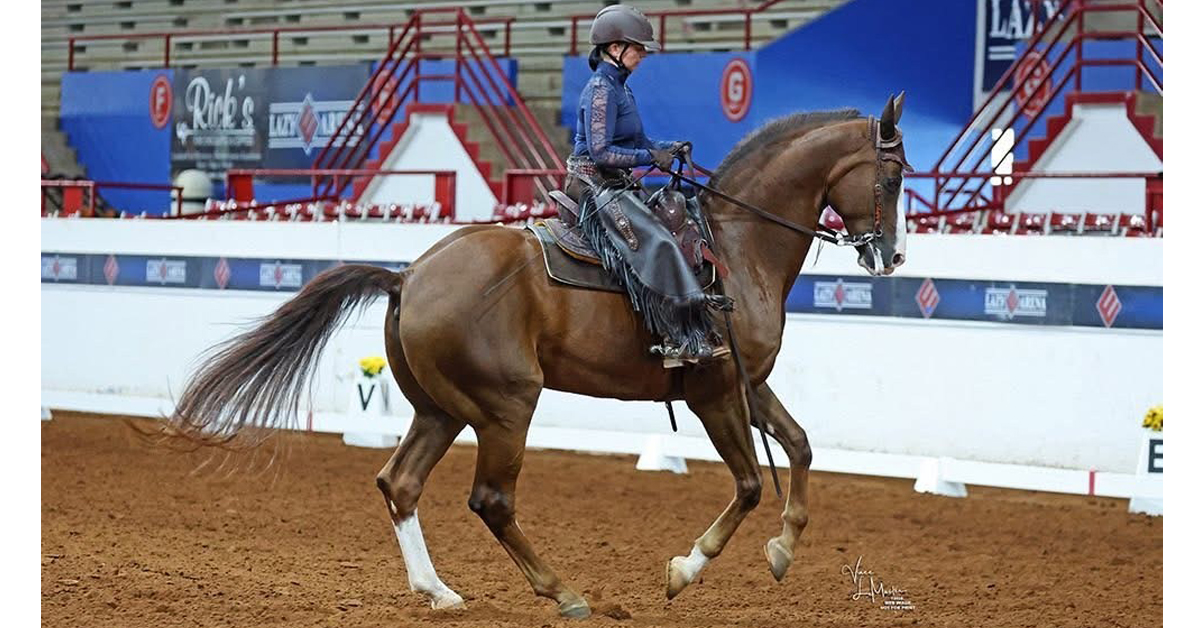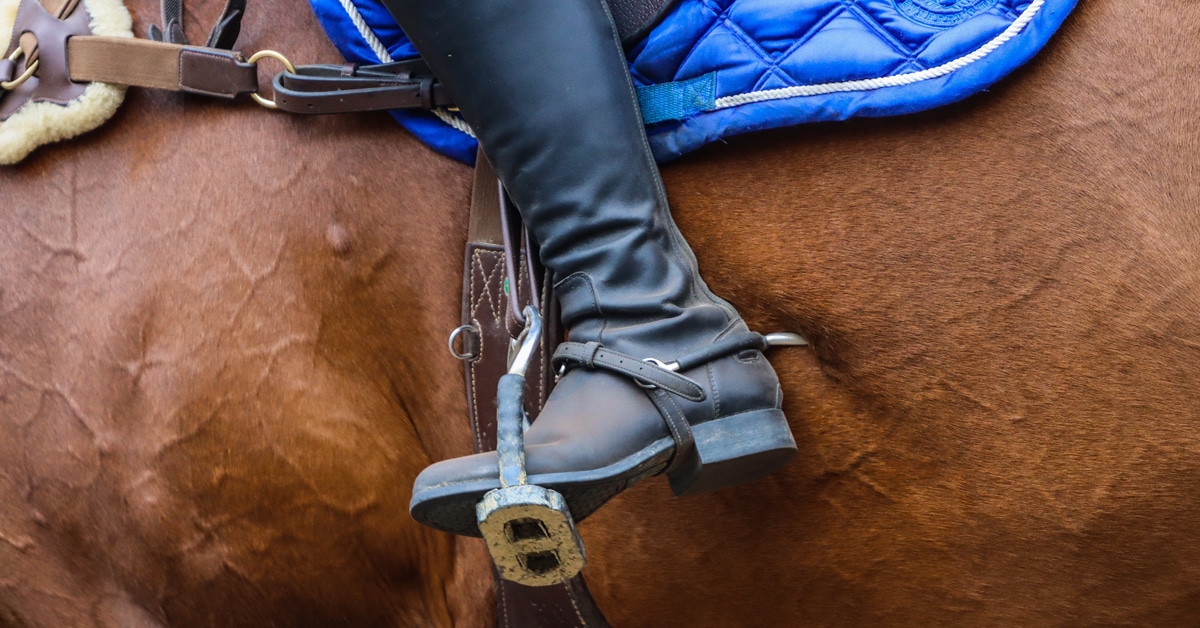American philosopher Loren Eiseley’s famous essay “The Star Thrower” has been retold countless times since being published in 1969. It illustrates the small gestures people make that profoundly influence the lives of other species, as demonstrated by Eiseley’s ‘thrower,’ who lofts beached starfish back into the sea. This same metaphor plays out daily in the growing equine rescue industry that responds to the ‘unwanted horse’ dilemma. Research cites financial hardship as the primary reason horses are relinquished to rescue organizations. Owners’ loss of interest in their horse or the intended use, and animals’ age, injury, or acquired conflict behaviours also contribute to the burgeoning numbers that enter the rescue stream.
Nic de Brauwere, head of Welfare and Behaviour at the renowned Redwings Horse Sanctuary in the United Kingdom, identifies the neglected horse as being without basic care such as feeding and deworming, and with issues resulting from insufficient farriery and vet care. “While this often causes severe suffering, the horse may have little or no negative associations with people. They might be wild or ‘feral,’ in which case they will have a default wariness about humans and pose a training challenge, but may still be less of a challenge than a horse that has suffered abuse or deliberate cruelty.”
Erin Clemm Ochoa is the executive director at Days End Farms, a well-established rescue centre in Maryland. “I don’t think anybody goes into horse ownership with the intent ‘I want to abuse or neglect a horse’ she says. “I think it’s a lack of education or an unwillingness to undertake the amount of work horses can be, or peoples’ lives change in unforeseen ways and they forget to look out in the backyard anymore.” However, in those rare cases where intentional abuse and cruelty occur, evidence suggests that violence may also be experienced by humans and other pets within the family unit.
Luckily, more equestrians are considering the rescue horse as a possibility when the time comes to look for another equine partner. Unlike the horse that is transitioning from one discipline to another, the rescue horse that has experienced intentional abuse and cruelty may present with unique behavioural challenges. Before diving into the rescue world, here are some things to mull over. As commendable as it may be and as romantic as it may sound, there are skill sets and resources that must be in place before taking on a project such as an abuse case. Without these, you may actually end up causing more harm.
A Dose of Reality
Before bringing home a rescue horse, it’s useful to understand your motivation and be clear about your horsemanship skills. A little honest self-reflection and a reality check can go a long way towards making the journey joyful, because it will be a journey. It may help to remember that someone else’s good intentions or unrealistic goals ended with a horse in need of rescue. While it is a fact that not every rescue horse requires a new home with a professional trainer, it is also a fact that not every rescue horse will recover and rise to the level of even the most modest expectations.
Gayle Ecker, director of Equine Guelph and an associate faculty member of the Campbell Centre for the Study of Animal Welfare, says she speaks with people who want to rescue a horse and teach it to jump or compete in endurance, and suggests this may be an unfair thing to ask the horse. “There’s a ‘disconnect’ between the reality of the horse’s capability and the wishes of the new owner. The horse can’t live up to the expectations and becomes another unwanted horse.” She believes emotional trauma is frequently overlooked by potential rescue horse owners. “Trauma may result in aggression or in learned helplessness, and owners who resort to punishing or social isolation of the horse, or who make unclear or unrealistic demands, may exacerbate existing conflict behaviour.”
In addition, equine behaviour is only one part of the equation. The First International Conference on Human Behaviour Change for Animal Welfare was held in the UK in September 2016, and the YouTube presentations proved fascinating. Asked about the most problematic human behaviour that will affect success when retraining an abused horse, de Brauwere is clear. “Anthropomorphism of the horse and their behaviour is a problematic human trait which leads horses to be deemed as ‘naughty,’ ‘cheeky,’ or ‘stubborn.’ This clouds understanding what has gone wrong with the horse’s training, and in turn leads to solutions that involve training methods and pieces of tack that only make the problem worse, or [attempt to] solve it through punishment, fear and possibly pain.”
Regardless of your training experience, de Brauwere notes, “Being prepared to ask little of a horse and expecting only tiny steps in short sessions is essential. Another [attribute] is willingness to learn and adapt.” De Brauwere is firm about trainers taking ownership for the horse’s experience. “Prompt recognition that a horse isn’t coping well should cause the trainer to not only stop and review what’s happening, but also reflect on what they have done that led to the situation.”
Weighing in on human characteristics, Clemm Ochoa says “Patience and empathy are the two most critical attributes for successful partnership with a rescue horse. You have to appreciate that this is a process and the horse may not understand your timeline. Empathy means you are aware of where the horse has come from [and] what it carries with it. If people have these two attributes, they are setting themselves up for success.”
Choosing the Right Rescue Partner
It’s critical to do your homework when looking for a rescue centre. Not all rescue organizations are able to maintain the standards they may have had when first established. Ecker says “There are cases where rescue farms become an SPCA case when the price of hay doubles unexpectedly. Centres must have the financial resources to care for the horse for a long time.”
De Brauwere suggests looking for organizations that maintain membership in an overseeing council, preferably one with a published set of standards of care. In Canada, the horse rescue industry is currently unregulated, meaning there are no specific licensing requirements or laws governing their activities. However, a motivated group of Ontario industry leaders have developed guidelines for horse rescues based on Canada’s Equine Code of Practice. (Copies can be obtained from Equine Guelph, OAEP, OEF, Equestrian Canada and Whispering Hearts Horse Rescue. Digital copies are available at equineguelph.ca/education/welfare.php).
Clemm Ochoa recommends choosing a rescue that is keen to find a horse that’s a good match for your skill level. Beginners may need horses that are predictable and forgiving; more experienced equestrians may be able to help a horse with conflict behaviour and trust issues. A good rescue will assess your suitability as a potential owner, and want to understand your aspirations for the horse.
But perhaps the most important feature of a rescue centre is its pledge to owners after a horse leaves its property. Clemm Ochoa says, “Look for a lot of transparency; horses should be taken back if something happens to you. Look for a partner in a rescue centre, someone who is going to help you and be a part of your [support] network.”
Adjust Your Training Game
Ideally, a well-run rescue operation may offer better-informed and more consistent training than the average horse owner can provide; however, adopters must be prepared to work without any training history from the period prior to your new horse’s rescue. Arguably, the history of a horse that has transitioned through several owners may not be accurate – perhaps even misrepresented. De Brauwere notes, “Rehoming from a rescue centre requires a degree of effort and commitment that may deter some owners, but this is far outweighed by the risks potential owners take when buying unseen horses from the internet or from someone they do not know.”
Regardless of your own training approach, understanding equine behaviour and learning processes are essential. De Brauwere believes, “It adds a level of understanding and insight that I’ve found to be a game-changer.” At Redwings, he uses creative approaches such as clicker training to establish trust and introduce human touch to unhandled feral horses. “In abuse cases, we find the horses have experienced mental distress and fear, and will have made strong associations between this fear and people,” he says. “There is almost no reason why such horses cannot be rehabilitated, but their chances of being rehomed as a ridden horse is, in our experience, much less likely.”
Clemm Ochoa understands the training issues for the fearful horse and uses a unique term: the ‘micro-lesson.’ “An hour-long session with these horses often isn’t appropriate,” she advises. “Try haltering the horse, asking him to lower his head, releasing pressure with the correct response, taking the halter off and leaving the paddock. It’s an exercise that takes a minute or two, the horse gets rewarded, and you move on to another lesson.”
Both centres begin their training with basic in-hand or groundwork as if the horse were a new start, regardless of their age or purported level of training. In this way, any gaps in the horse’s learning are discovered early. Since research supports that conflict behaviours under saddle can be remedied with consistent re-schooling of the aids on the ground, this approach creates a safe foundation from which to begin under-saddle training.
However, be prepared to work patiently with unusual behaviour. “The big problem,” says Ecker, “is that many of these horses are untrained or unhandled, badly trained or abusively trained, and sometimes there are underlying health issues that may or may not be recognized, depending on the knowledge of those involved. This can affect the success of re-training.”
As an example, not all starved horses exhibit food aggression, but it is one of the common behaviours associated with rescues. Sometimes they lash out or bite when being fed or guard their food – coping mechanisms that helped them survive in their neglectful setting. It may be necessary to set boundaries at feed time by asking the horse to back up and wait a few seconds before being fed. Introduction to your herd at home may also be a necessarily slow process, done thoughtfully and under supervision.
Expect that horses may also be anxious about novel situations like a farrier visit. From a horse’s perspective, giving up a foot or tolerating another handler means relinquishing the ability to get away. Clemm Ochoa says, “Use the principle of pressure and release. Move the new person progressively closer to the horse and when the horse stands still, have them step back. The next step may be to touch the horse without him moving away and so on, until the foot can be picked up.”
Depending on your horse’s prior experience, things may not be as rocky as all this sounds. De Brauwere reports, “I’m always amazed by how much smoother the teams tend to find the training of a feral pony who has had little or no contact with humans, compared to a seemingly well-handled horse that has clearly had conflicting demands made of it and ended up with a range of dangerous or even aggressive behaviours.”
Rescue Success
Success in the rescue world has varying definitions. For Clemm Ochoa, a horse that leaves to become a beloved family member – rideable or not – is a horse no longer in transition. And there are some fairytale endings that keep rescuer’s hearts from breaking. “We had a pony that went on to compete in the World Games and many horses in the eventing world that have been very successful at the lower levels,” she says. In the UK, the same magical things occur for de Brauwere, who reports, “Last June, a number of our rehomed rescued horses competed at a large county show, with one even taking supreme champion.”
If you have time and the attributes noted here, the support offered by well-established rescue operations should be enticing. “The extra effort in working with a rescue centre to find your perfect match not only means you will have a fantastic relationship with your horse,” says de Brauwere, “but also ensures that horses purchased in error aren’t then discarded, given away or sold cheaply because they do not live up to expectations.”
Remember, the last thing you want is for your new horse to end up back on the beach.
The Latest
